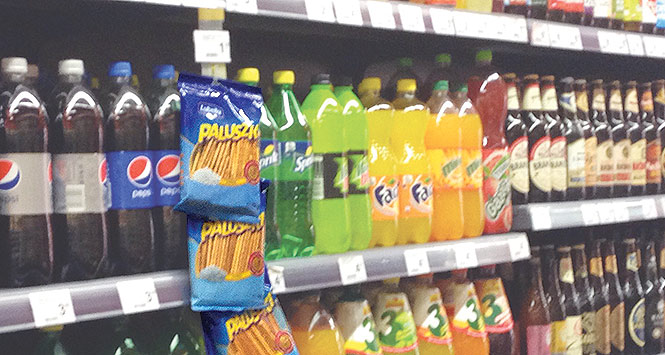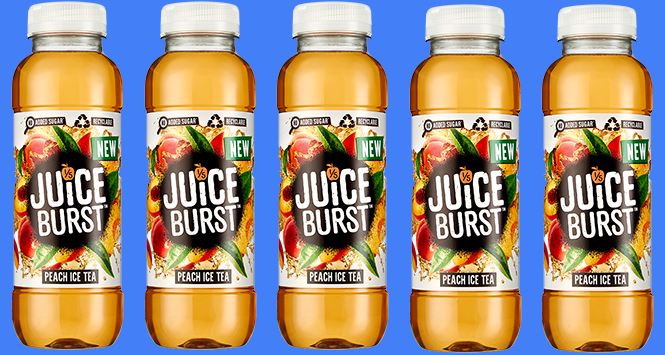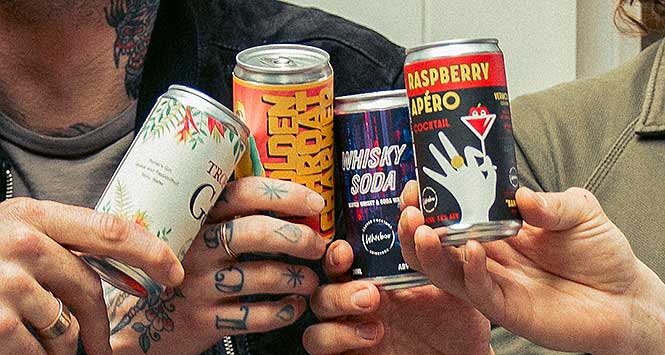A new survey has examined convenience trends across six countries in the EU, and while cultural differences play a major role in determining the role a convenience store plays in a particular country, there remains much for UK retailers to learn from their European counterparts.
by Kevin Scott
Insight and research is big business in the grocery industry as retailers and suppliers try to get inside the heads of shoppers to discover what drives them to what stores and what they buy when they get there. When there’s so much competition it’s understandable that we want to identify what is most likely to lead to better sales. But where does the UK’s convenience sector stand when compared to other major European territories? Where do we excel and where could we improve?
That’s what a new report from him! International aimed to find out.
Interestingly, the first category the report tackles is food to go, where the UK falls below the average of 39% of shoppers who buy food to go from their local store at least once a month. In the UK it’s just 32%. The question is whether that’s down to an offer that’s lacking or whether demand just isn’t there. With almost one-in-three tucking in, compared to just 10% in Germany, it would seem there is demand, so perhaps in time we’ll see the UK hitting comparable levels to Ireland, where 44% of shoppers buy food to go once a month. The offer in the UK is certainly getting better, with 40% of shoppers saying that food to go in c-stores is better than it was two to three years ago.
The survey reveals a lack of understanding between what shoppers want from promotions and what they get. In the UK, 50% of all shoppers think promotions in c-stores are not relevant to them – against an average of 41%. In Poland, just 23% think promos aren’t relevant to them.
The reasons that people visit stores reveals where UK retailers could be missing out. We lead the way in top-up shopping, with 59% of shoppers using their local store to top up, against a European average of 49%. Distress purchasing is 64% against an average of 62%.
These, of course, are traditional shopping missions. Where UK retailers fall short is on emerging missions and the changing trends that are beginning to reshape the role of convenience stores.
Just 5% of UK shoppers use their local stores to buy breakfast (against an average of 10%) and just 15% use their local store for lunch. Measure those up to Poland, where a huge 32% use their local store for breakfast.What are Polish retailers getting so right? With such a high population of Polish immigrants in some areas, how can retailers replicate a tradition they are used to?
The UK fares a little better when it comes to the evening meal, with 29% of shoppers visiting for a dinner solution. Though while this number seems respectable, it is the lowest of the six EU countries surveyed. In The Netherlands over half (51%) of shoppers buy their evening meal from a c-store; in Germany it’s 42%.
In fact, when looking through a list of six missions, the UK falls below the EU average in each of them, which only serves to highlight the reliance on supermarkets in this country. With consumers now more willing to use different stores, now is the time for retailers to work to ensure that if a customer decides to use their local store, they become a regular customer.
Perceptions play a part in this – just 35% of UK shoppers bought chilled fresh items from a c-store (the lowest of those countries surveyed), with 22% saying poor quality of fresh items deters them. The challenge then is to not only improve range and cater for a wider number of missions, but to improve perceptions. Increasing footfall is the only way to do this, and yet to drive footfall a shop must improve its offer – and communicate these changes.
Cultural differences play a major role in how shoppers use their local store, and so when analysed, this must be taken into consideration. However, it would seem that by examining the strengths of retailers in other countries, UK retailers can find solutions that could increase the number of consumers visiting their store for different missions.





